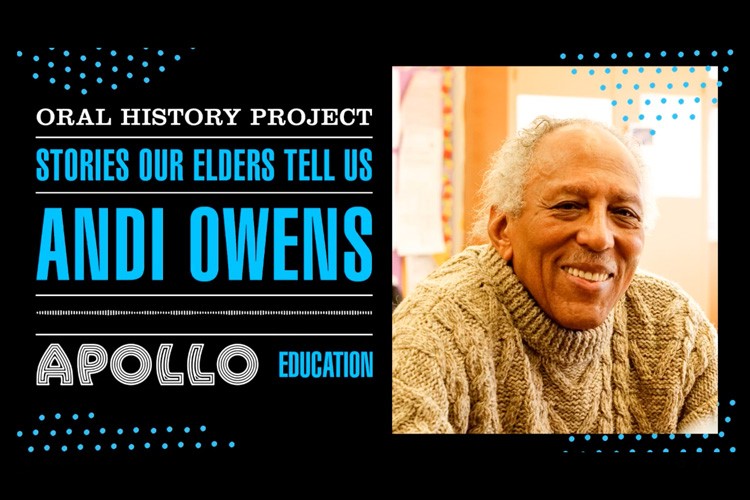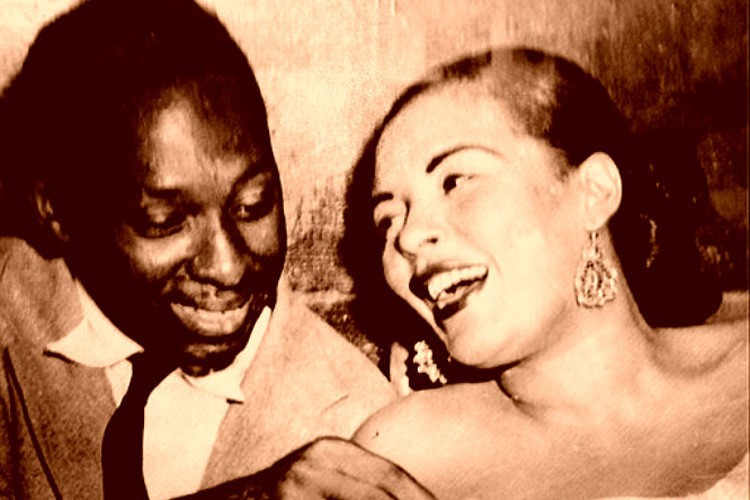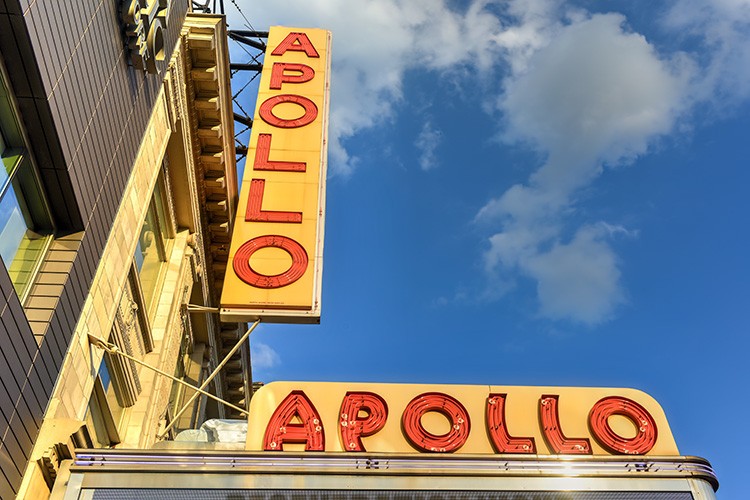How the Apollo Theater’s Oral History Project Housed at Columbia Brought New Stories from Harlem and Black Music to Light
Plus, four secrets unearthed from within the archive that you should know.
It's no secret that the Apollo Theater is a legend in music and pop culture history. But on its 75th anniversary in 2011, the Apollo set out to capture its own story from the leading figures who helped to shape its legacy.
Over 70 hours of interviews were recorded as part of the Apollo Theater Oral History Project. The project, available for public viewing at Columbia’s Rare Book and Manuscript Library, hosts an eclectic collection of interview transcripts with legends like Gladys Knight, Smokey Robinson, and Dionne Warwick; as well as conversations with managers; a music industry mogul; dancers; and many others. Together, their perspectives illustrate the magic of the Apollo.
The project was a collaborative effort. In the early 2000s, the Apollo began to reenvision itself as a renewed center for arts, music, and culture in Harlem. This included capturing its past in an oral history archive, with the support of the Columbia Center for Oral History.
Mary Marshall Clark, former director of the Center, remembers many walks from Columbia’s campus to the Apollo in the project’s early days.
“We acknowledged that the first few months would be a trust-building period,” Clark said. “So we spent a lot of time with each other. We had months of conversations over tea and coffee, and lots of laughter.”
The Apollo was inspired to continue preserving local community stories in Harlem. The theater began a new youth program that would teach students at Harriet Tubman Learning Center, C.S. 154, how to conduct their own oral history interviews with the group, Significant Elders of Harlem. The students would present the elders’ stories through music, stagecraft, and poetry.
“The idea was to teach kids about, not just the history of the Apollo, but the history of Harlem,” said Clark. “They’d then present to an audience and they would get to be the storytellers.”
The program celebrated its ten-year anniversary in 2017 and has even created a short podcast series, Stories Our Elders Tell Us.

This year, 2023, marks the 89th anniversary of the Apollo Theater. In celebration of the anniversary, and to mark Black History Month, Neighbors visited the archive to find the secrets and little-known facts about the Apollo we all should know.
The Apollo manager kept notes with critiques of every performer.
In 1913, Frank Schiffman bought the Apollo Theater. Originally a venue for burlesque shows, it was hard business changing the theater and Schiffman ran a tight ship. He would keep index cards with his impressions of each performer, recording how much they were paid, how the audience reacted, and whether he thought they were worth bringing on stage.
Dionne Warwick remembers her card fondly. It helped to tighten her act.
“I actually have a card, you know, they kept cards on us all,” said Warwick. “That was my payment [for a benefit concert]. They couldn’t think of anything to get me, so they got me one of my cards. It sits on my desk at home and I look at it every now and then and just kind of giggle.”
You can view Frank Schiffman’s index cards at the Smithsonian’s online archive.
A photographer at the Apollo captured photos of Hollywood legends who secretly attended shows at the theater.
A venue for primarily Black audience members and performers, the Apollo wasn’t known for being a place for Hollywood’s A-listers back in the day. But photographer Gordon Anderson remembered capturing popular white celebrities like Marilyn Monroe and Frank Sinatra in a cramped, camouflaged seating area he only refers to as “the box.”
“They would bring these big celebrities in the box so the people in the audience wouldn’t know they were there,” said Anderson. “Marilyn Monroe used to come there. Frank Sinatra. You name them, they come.”

You could see Smokey Robinson and The Miracles and an iconic tap dance performance all in one show.
It’s customary nowadays to see one headliner at a concert. But in their interviews, many of the performers remembered lineups at the Apollo that would be unfathomable today.
“The first time we were at the Apollo, The Miracles and I were on the Ray Charles Show, and there was a guy dancing, [Clayton] Peg Leg Bates, and he had one leg and was a tap dancer,” said Smokey Robinson. “Then, there was a comedian, and a lady named Valerie Carr, and then another group… that’s how shows were made up! There were several different types of acts.”
But the theater didn’t just mix acts, they mixed genres too. Smokey Robinson did many shows with Miles Davis. Dione Warwick recalled how easy it was to go to the Apollo and see an incredible lineup of legends:
“It was nothing to go to the Apollo and see [Edward Kennedy “Duke”] Ellington and his orchestra, or [William] Count Basie and his Orchestra. Ella Fitzgerald.”

The Apollo was the blueprint for a larger circuit of prominent Black entertainment venues.
Though the Apollo is a cultural mecca for Black musicians and performers, there was a circuit of similar musical venues in other cities.
“There was a circuit and there was a theater in almost every big city. They had their own theater like the Apollo, the Apollo being the granddaddy of them all,” said Smokey Robinson. “For instance, Baltimore had the Royal; Washington D.C. had the Howard; Philadelphia had the Uptown; there was a theater over in Brooklyn, the Fox. They had places where you made that circuit, and you went around and you played all those theaters.”
Many of these theaters were lost to new construction, but the performers whose careers have been cultivated by the Apollo helped to keep the theater alive through decades of change.
“A lot of people realized it after they got the success that it was an obligation to go back and be present and support the Apollo,” said Quincy Jones, the iconic music and television producer. “That’s like leaving home and not going back to have Thanksgiving dinner, you know.”
